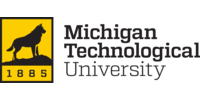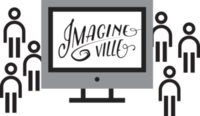Supported by:




The goal of this project is to enhance the capabilities of people engaged in face-to-face conversations. In particular, face-to-face conversations can can be difficult for people having a disorder preventing speech. People who cannot speak may use an Augmentative and Alternative Communication (AAC) device. Reflecting the broad range of abilities of AAC users, a broad range of AAC solutions exist, from simple communication boards to sophisticated tablet computers. For literate AAC users, a device that makes predictions based on natural language is often used. Unfortunately, predictive AAC devices are typically slow, often below 10 words-per-minute.
This project investigates new algorithms, data sets, and interfaces for improving face-to-face conversations. You can learn more about the project's research and activities on the following pages:
Do you use AAC or know someone who does? If so, we are looking for volunteers to donate sentences from their AAC history. See our study details.
For more information about this project, contact Keith Vertanen: [email protected].